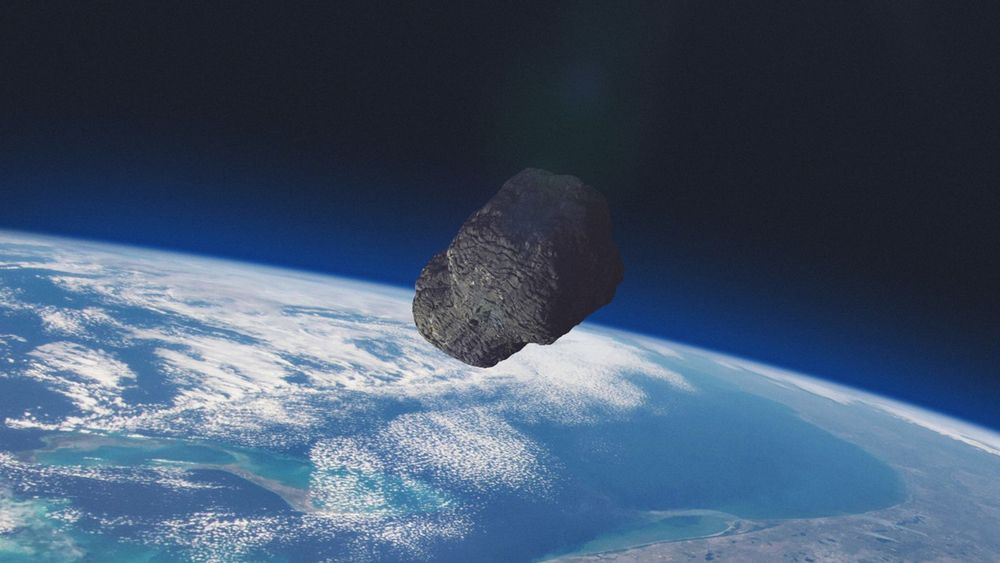Aug 30, 2020
An asteroid the size of a high-rise will fly near Earth on September 1
Posted by Quinn Sena in categories: asteroid/comet impacts, existential risks
It is reported that the dimensions of the celestial body are from 22 to 49 meters. According to the space agency, at the minimum distance to the planet – about 120 thousand kilometers – the asteroid will come up at 19.12 Moscow time. The asteroid is moving at 8.16 kilometers per second.
Note that the celestial body was discovered on March 2, 2011. It belongs to the group of “Apollo”, that is, asteroids, whose flight paths cross the Earth’s orbit.

















